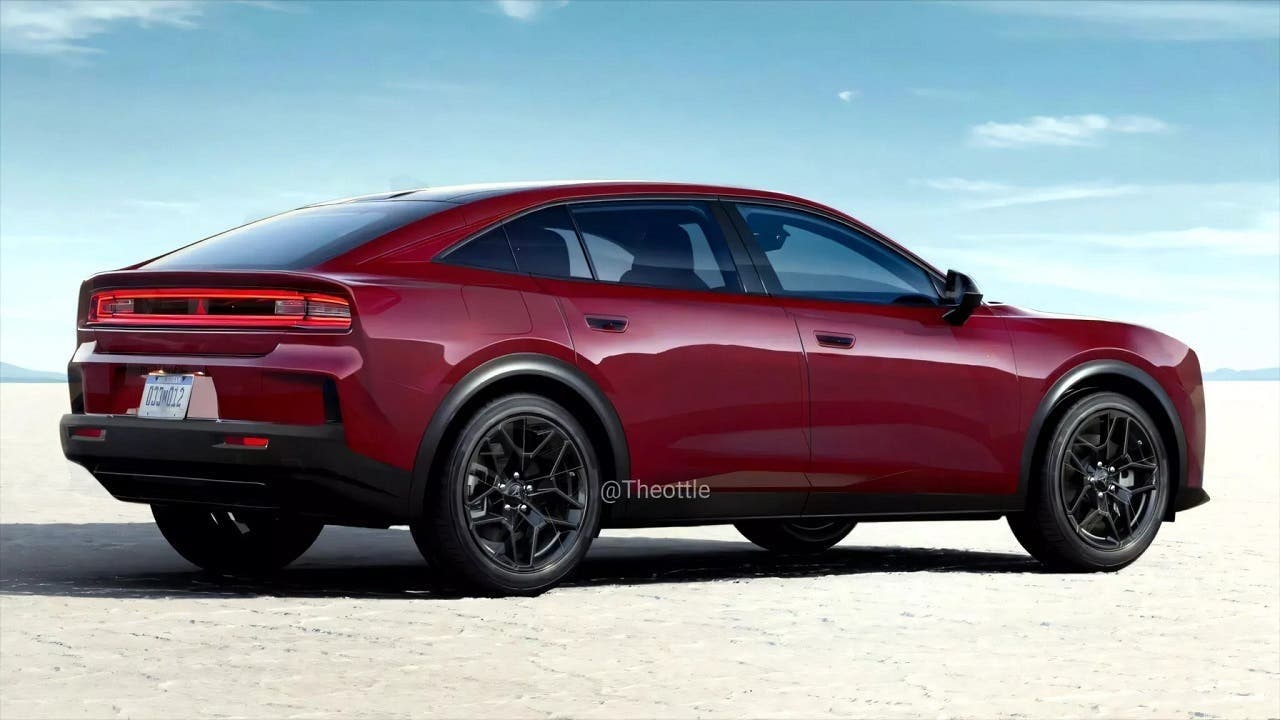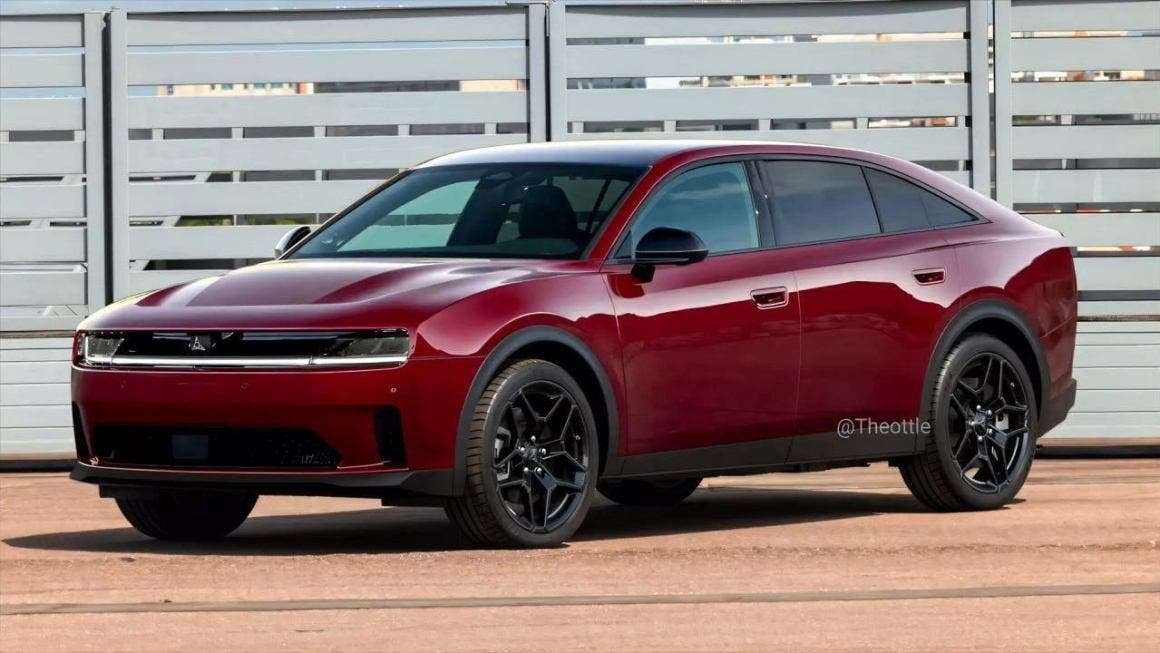Dodge is going through a critical phase of redefining its identity, marked by the end of production of the iconic Challenger and Charger, at least as we previously knew them, and the imminent discontinuation of the Durango. With a current lineup limited to the new Charger and the Hornet, the latter derived from the Alfa Romeo Tonale, the brand urgently needs new high-volume models to maintain its competitiveness. Fortunately, being part of the Stellantis group offers the opportunity to expand the range through the adaptation of existing platforms.
Dodge Dart: here’s how the new generation is envisioned

In this context, designer Theophilus Chin has developed an interesting proposal based on the Peugeot 408, one of the most innovative models in Stellantis’ European portfolio. His project reimagines a modern Dodge Dart, combining the design of the French crossover with stylistic elements from the new Charger Daytona. While a 408-derived crossover would significantly differ from the Charger in terms of shape and style, it could maintain some distinctive traits similar to those seen on the Ford Mustang Mach-E, while preserving a strong Dodge brand identity.
The reworked version of the Dart maintains iconic Charger Daytona features, such as the taillights and LED light bar. A distinctive element is the addition of the R-Wing, which optimizes airflow over the hood, emphasizing the vehicle’s performance aspect. At the rear, the LED lights derived from the Charger have been repositioned higher on the tailgate, creating an innovative balance between tradition and modernity.
While the idea of a Dart-inspired crossover might seem ambitious, it could represent a strategic opportunity for Dodge, which currently lacks an SUV capable of truly capturing public attention with design and performance worthy of the brand. The renderings demonstrate how the Charger‘s characteristic design, historically a symbol of power and performance, can be effectively adapted to a crossover.
With appropriate adaptations, such a proposal could successfully combine the brand’s typical performance characteristics with greater functionality and versatility, opening new perspectives for Dodge in the increasingly competitive crossover segment.

